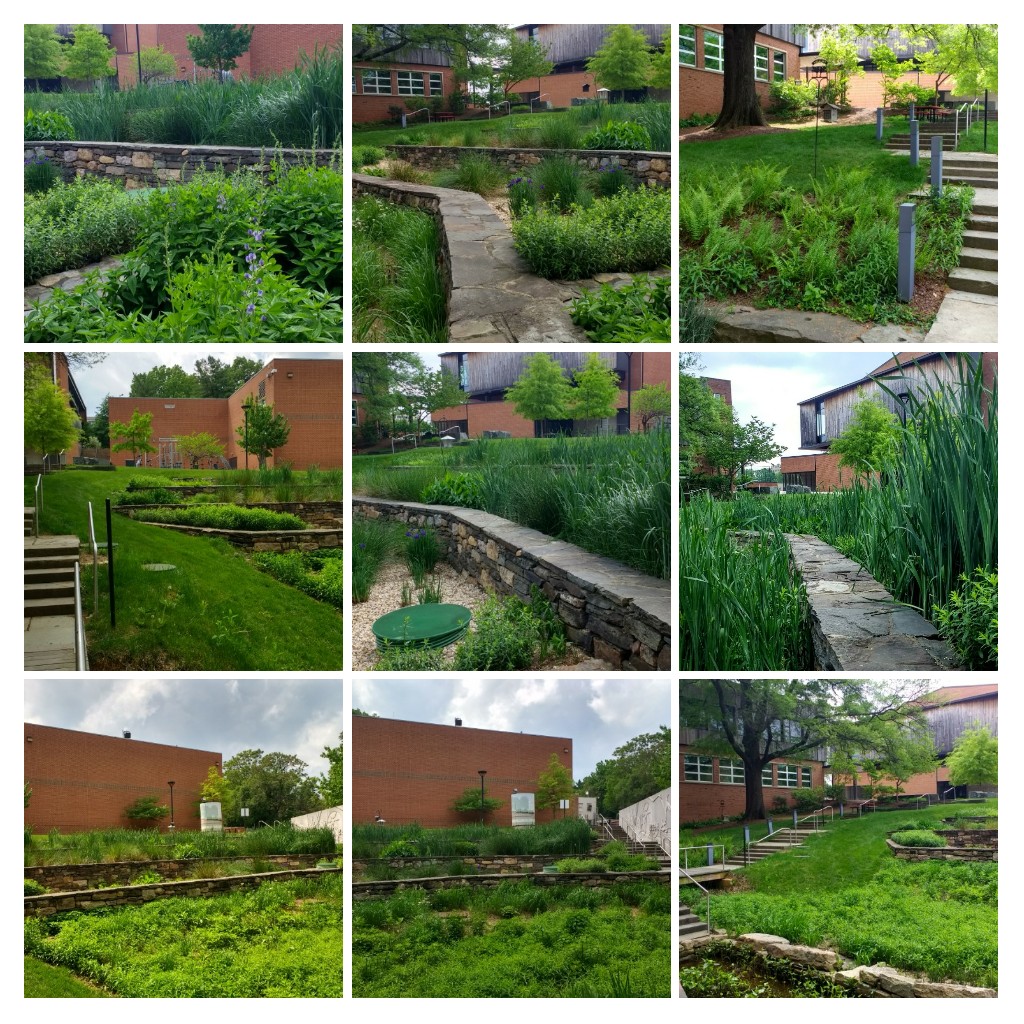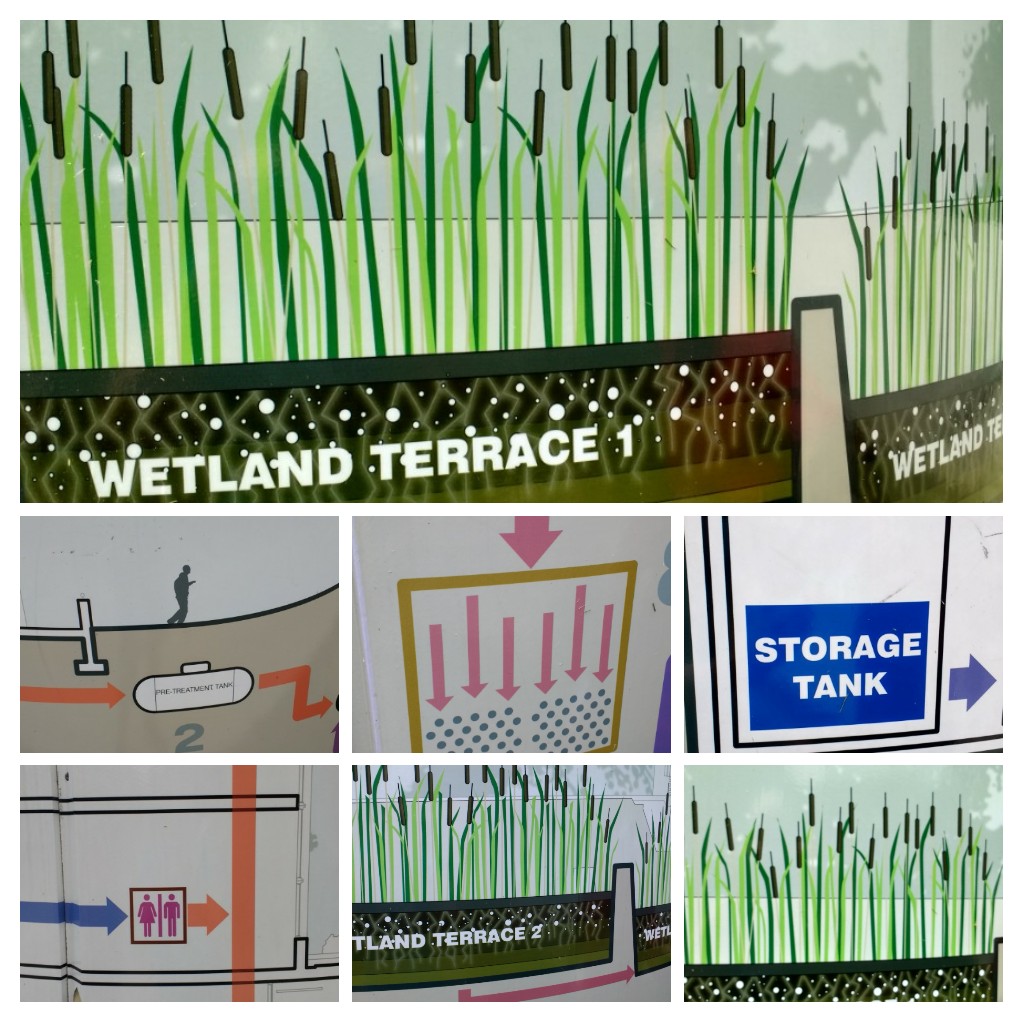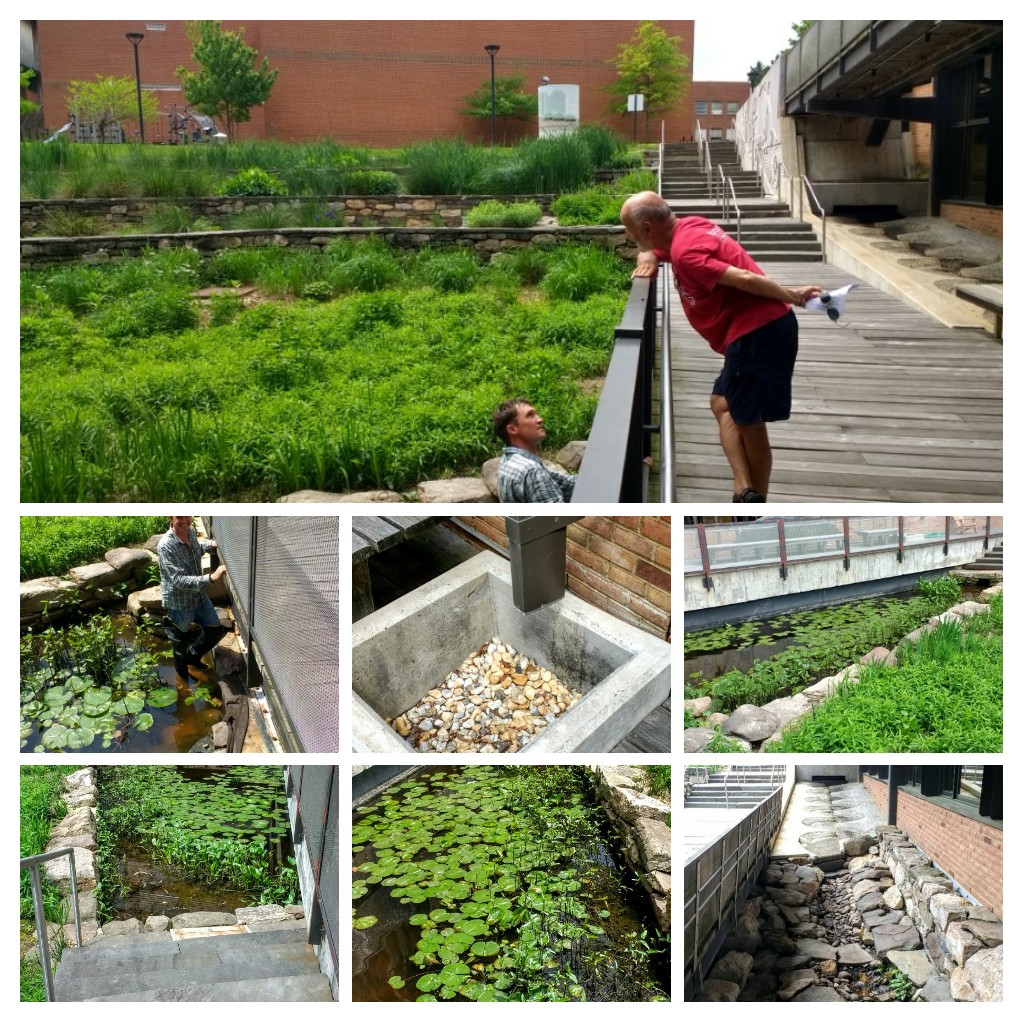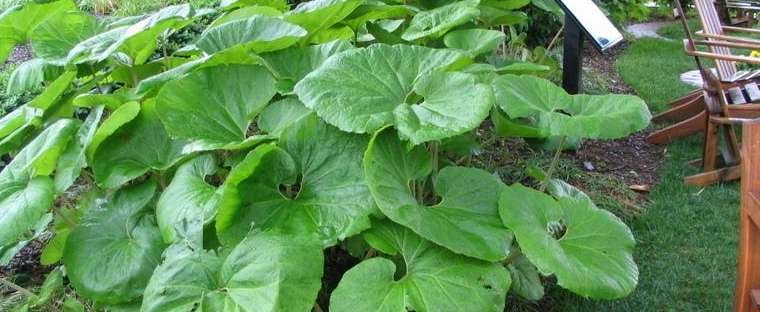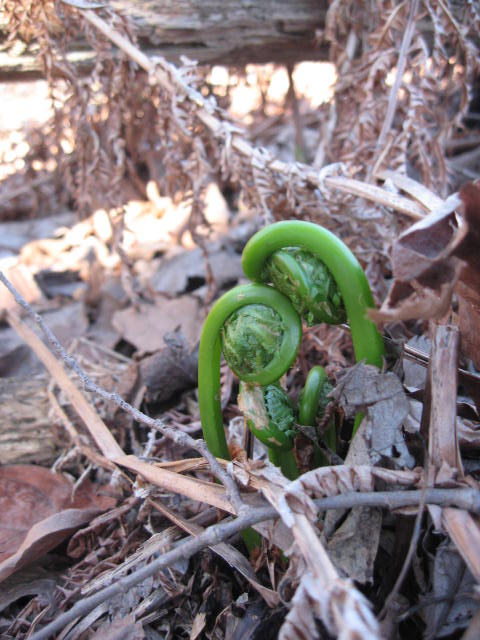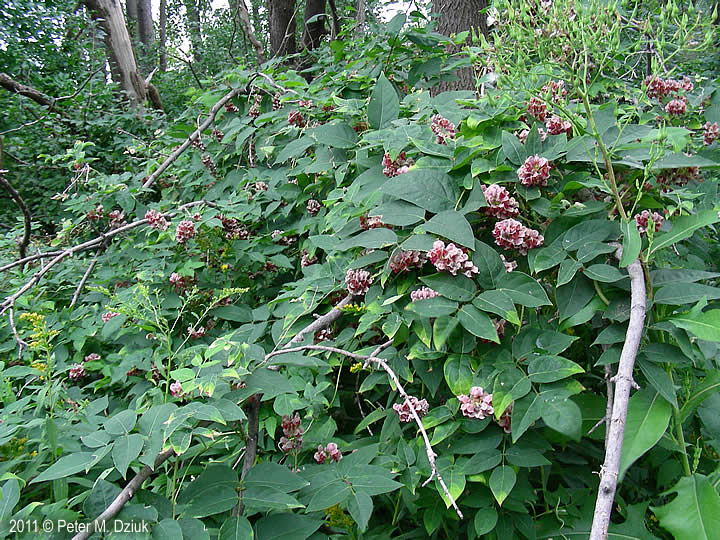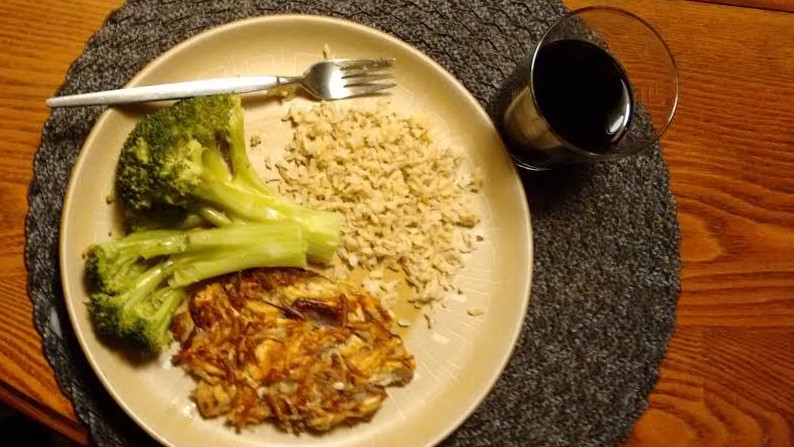by Elsa Johnson and Catherine Feldman
[ngg_images source=”galleries” container_ids=”37″ display_type=”photocrati-nextgen_pro_masonry” size=”180″ padding=”10″ ngg_triggers_display=”always” captions_enabled=”0″ captions_display_sharing=”1″ captions_display_title=”1″ captions_display_description=”1″ captions_animation=”slideup” order_by=”sortorder” order_direction=”ASC” returns=”included” maximum_entity_count=”500″]
Dear Gardenopolis readers,
We’ve missed a couple postings, and we apologize. We (the editorial board) confess to being political creatures for whom climate change is a very real and very present (as in right now!) issue, and the direction this president has chosen in response to this issue – i.e., to deny it, and wipe out the EPA – has had us (some of us more than others) spinning off in various activist directions ever since the inauguration. Most recently two of us (Catherine and Elsa) traveled to DC for the Climate Action March (where it was a hot! hot 91 degrees! – a record high for the month, and the month itself a record high for DC).
[ngg_images source=”galleries” container_ids=”38″ display_type=”photocrati-nextgen_pro_mosaic” row_height=”180″ margins=”5″ last_row=”justify” lazy_load_enable=”1″ lazy_load_initial=”35″ lazy_load_batch=”15″ captions_enabled=”0″ captions_display_sharing=”1″ captions_display_title=”1″ captions_display_description=”1″ captions_animation=”slideup” order_by=”sortorder” order_direction=”ASC” returns=”included” maximum_entity_count=”500″]
We joined the group, Elders for Climate Action for the march itself (200,000 people strong) and, briefly, for a conference at the Capitol the day before, at which Maryland representative to Congress, Jamie Raskin spoke. Someone who ‘gets it’. Several days later Catherine attend another conference ( Consultation on Conscience ) at which the young firebrand progressive Joe Kennedy III (grandson of Robert Kennedy) spoke — another person who gets it. These speakers gave us hope (alas, short lasting).
Yes, the march and those activist activities took priority, but while we were there at the Seat of Empire we also spent time doing the very Gardenopolisy thing of looking in on almost all the gardens attached to the various and many cultural institutions around the mall and taking lots of pictures…. and these pictures tell a story about how the focus of landscape in these important public spaces is now about gardening with native plants.
[ngg_images source=”galleries” container_ids=”39″ display_type=”photocrati-nextgen_pro_mosaic” row_height=”180″ margins=”5″ last_row=”justify” lazy_load_enable=”1″ lazy_load_initial=”35″ lazy_load_batch=”15″ captions_enabled=”0″ captions_display_sharing=”1″ captions_display_title=”1″ captions_display_description=”1″ captions_animation=”slideup” order_by=”sortorder” order_direction=”ASC” returns=”included” maximum_entity_count=”500″]
We can only applaud. When Elsa was there in February for the Women’s March – 500,000 people strong – it seemed like every green space was being trampled, and it was hard to imagine anything withstood that trampling, but as you can see from our pictures, the landscapes look great.
[ngg_images source=”galleries” container_ids=”40″ display_type=”photocrati-nextgen_pro_mosaic” row_height=”180″ margins=”5″ last_row=”justify” lazy_load_enable=”1″ lazy_load_initial=”35″ lazy_load_batch=”15″ captions_enabled=”0″ captions_display_sharing=”1″ captions_display_title=”1″ captions_display_description=”1″ captions_animation=”slideup” order_by=”sortorder” order_direction=”ASC” returns=”included” maximum_entity_count=”500″]
One sometimes forgets the distances between the Capitol building at one end and the Lincoln Memorial at the other (yes, this 73 year old walked the entire distance – it felt like more than once). Just crossing the width of the Mall is a trek on a 91 degree day. The monumental scale is such that one could use a horse.
I (Catherine) bring two key points from my conference that are eminently applicable to Gardenopolis Cleveland. First, we were told over and over again by politicians and activists that the voices of citizens are heard by our elected officials in Washington. We were encouraged to speak out, especially in person. Attending town hall meetings and participating in marches does make a difference. Phoning, writing and signing petitions have an impact. We do not have to wait for our next opportunity to vote. Officials in D.C. are harried by the confusion caused by Trump and his administration. They need our support. When someone does something right, let them know.
Secondly, we were encouraged to become active at the local and state level. We can fight for the environment here at home, relatively untouched by what is going on in D.C. and we need to do so. So, what can we do? Gardenopolis Cleveland would like to open that conversation. Please respond in the Comments section about what you are doing, what you would like to be doing, and any of your own organizations that need help.
[ngg_images source=”galleries” container_ids=”41″ display_type=”photocrati-nextgen_pro_mosaic” row_height=”180″ margins=”5″ last_row=”justify” lazy_load_enable=”1″ lazy_load_initial=”35″ lazy_load_batch=”15″ captions_enabled=”0″ captions_display_sharing=”1″ captions_display_title=”1″ captions_display_description=”1″ captions_animation=”slideup” order_by=”sortorder” order_direction=”ASC” returns=”included” maximum_entity_count=”500″]
